Raising Children in the Military
Military Life
Military Life is a series of books for service members and their families who must deal with the significant yet often overlooked difficulties unique to life in the military. Each of the titles in the series is a comprehensive presentation of the problems that arise, solutions to these problems, and resources that are of much further help. The authors of these bookswho are themselves military members and experienced writershave personally faced these challenging situations, and understand the many complications that accompany them. This is the first stop for members of the military and their loved ones in search of information on navigating the complex world of military life.
Titles in the Series
The Military Marriage Manual: Tactics for Successful Relationships, by Janelle Hill, Cheryl Lawhorne, and Don Philpott (2010)
Combat-Related Traumatic Brain Injury and PTSD: A Resource and Recovery Guide , by Cheryl Lawhorne and Don Philpott (2010)
Special Needs Families in the Military: A Resource Guide, by Janelle Hill and Don Philpott (2010)
Military Finances: Personal Money Management for Service Members, Veterans, and Their Families, by Cheryl Lawhorne-Scott and Don Philpott (2013)
Sexual Assault in the Military: A Guide for Victims and Families, by Cheryl Lawhorne-Scott, Don Philpott, and Jeff Scott (2014)
Raising Children in the Military , by Cheryl Lawhorne-Scott, Don Philpott, and Jeff Scott (2014)
Raising Children in the Military
Cheryl Lawhorne-Scott, Don Philpott, and Jeff Scott
ROWMAN & LITTLEFIELD
Lanham Boulder New York Toronto Plymouth, UK
Published by Rowman & Littlefield
4501 Forbes Boulevard, Suite 200, Lanham, Maryland 20706
www.rowman.com
10 Thornbury Road, Plymouth PL6 7PP, United Kingdom
Copyright 2014 by Rowman & Littlefield
All rights reserved. No part of this book may be reproduced in any form or by any electronic or mechanical means, including information storage and retrieval systems, without written permission from the publisher, except by a reviewer who may quote passages in a review.
British Library Cataloguing in Publication Information Available
Library of Congress Cataloging-in-Publication Data
Lawhorne-Scott, Cheryl, 1968
Raising children in the military / Cheryl Lawhorne-Scott, Don Philpott, and Jeff Scott.
pages cm. (Military life)
Includes index.
ISBN 978-1-4422-2748-4 (cloth : alk. paper) ISBN 978-1-4422-2749-1 (electronic)
1. Children of military personnelUnited StatesHandbooks, manuals, etc. 2. Families of military personnelUnited StatesHandbooks, manuals, etc. 3. Child rearingUnited StatesHandbooks, manuals, etc. 4. United StatesArmed ForcesMilitary lifeHandbooks, manuals, etc. I. Philpott, Don, 1946 II. Scott, Jeff, 1969 III. Title.
UB403.L39 2014
355.120973dc23
2013046688
 TM The paper used in this publication meets the minimum requirements of American National Standard for Information Sciences Permanence of Paper for Printed Library Materials, ANSI/NISO Z39.48-1992.
TM The paper used in this publication meets the minimum requirements of American National Standard for Information Sciences Permanence of Paper for Printed Library Materials, ANSI/NISO Z39.48-1992.
Printed in the United States of America
Acknowledgments
Like all titles in the Military Life Series, this book aims to serve as a one-stop guide covering all the information you need on a specific subject. We are not trying to reinvent the wheel; we are simply gathering information from as many sources as possible so that you dont have to. Almost all the information in this book comes from federal and military websites and is in the public domain. These include the Department of Defense, American Forces Press Service, US Army Medical Department, Department of Veterans Affairs, Department of Health and Human Services, and all branches of the US military. We have tried to extract the essentials. Where more information might be useful, we have provided websites and resources that can help you.
Introduction
President Barack Obama has made the care and support of military families a top national security policy priority. In a statement issued by the White House in January 2011, he said,
We recognize that military families come from the active duty Armed Forces, the National Guard, and the Reserves. They support and sustain troops fighting to defend the Nation, they care for our wounded warriors, and they survive our fallen heroes. The well-being of military families is an important indicator of the well-being of the overall force. At a time when America is at war and placing considerable, sustained demands on its troops and their families, it is especially important to address the family, home, and community challenges facing our all-volunteer force. For years to come, military families and Veterans will continue to face unique challenges, and at the same time will also have great potential to continue contributing to our communities and country.
Less than 1 percent of Americans serve in uniform today, but they bear 100 percent of the burden of defending our Nation. Currently, more than 2.2 million service members make up Americas all-volunteer force in the active, National Guard, and Reserve components. Since September 11, 2001, more than 2 million troops have been deployed to Iraq and Afghanistan. Fifty-five percent of the force is married, and 40 percent has two children. Only 37 percent of our families live on military installations; the remaining 63 percent live in over four thousand communities nationwide. Multiple deployments, combat injuries, and the challenges of reintegration can have far-reaching effects on not only the troops and their families but also upon Americas communities as well. These challenges should be at the forefront of our national discourse, the president said.
Over 1.2 million children have at least one parent serving on active duty; 42.6 percent are five years old or younger. In total, more than 743,000 children have parents in the National Guard or Reserves; of these, 58.5 percent are younger than eleven years.
About 7.8 percent of all military members are single parents: 10.7 percent for the army, 7.6 percent for the navy, 5.8 percent for the air force, and 4.7 percent for the marines. Additionally, of about eighty-four thousand military-married-to-military couples, approximately thirty-six thousand have children.
Living in either military or civilian communities, in urban, suburban, or rural settings, military children experience unique challenges related to military life and culture. These include deployment-related stressors such as parental separation, family reunification, and reintegration. Due to frequent moves, many military children experience disrupted relationships with friends and must adapt to new schools and cultivate new community resources. Some children also experience the trauma of either welcoming home a parent who returns with a combat-related injury or illness or facing a parents death. Recent research reveals an increase in military child maltreatment and neglect since the start of combat operations and deployments to Afghanistan and Iraq.
Research also indicates that although most military children are healthy and resilient and may even have positive outcomes as a result of certain deployment stressors, some groups are more at risk. Among these are young children; some boys; children with preexisting health and mental health problems; children whose parents serve in the National Guard, are Reserve personnel, or have had multiple deployments; children who do not live close to military communities; children who live in places with limited resources; children in single-parent families with the parent deployed; and children in dual-military-parent families with one or both parents deployed.

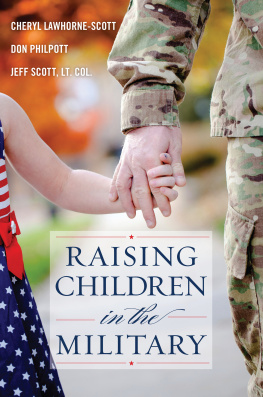

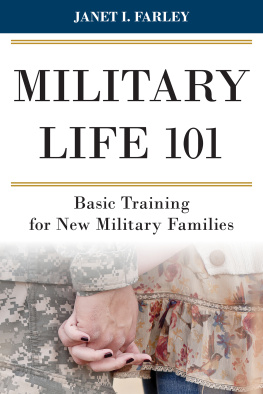

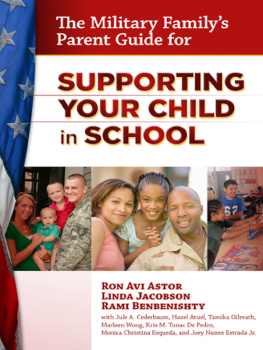
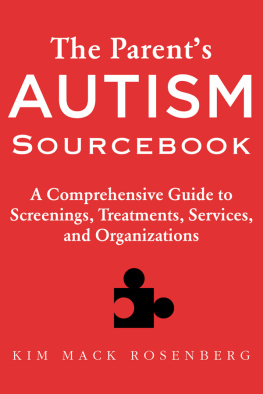
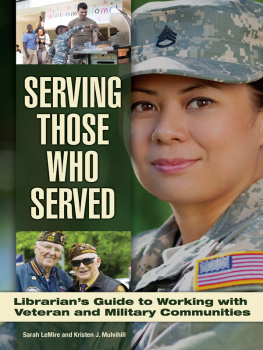


 TM The paper used in this publication meets the minimum requirements of American National Standard for Information Sciences Permanence of Paper for Printed Library Materials, ANSI/NISO Z39.48-1992.
TM The paper used in this publication meets the minimum requirements of American National Standard for Information Sciences Permanence of Paper for Printed Library Materials, ANSI/NISO Z39.48-1992.